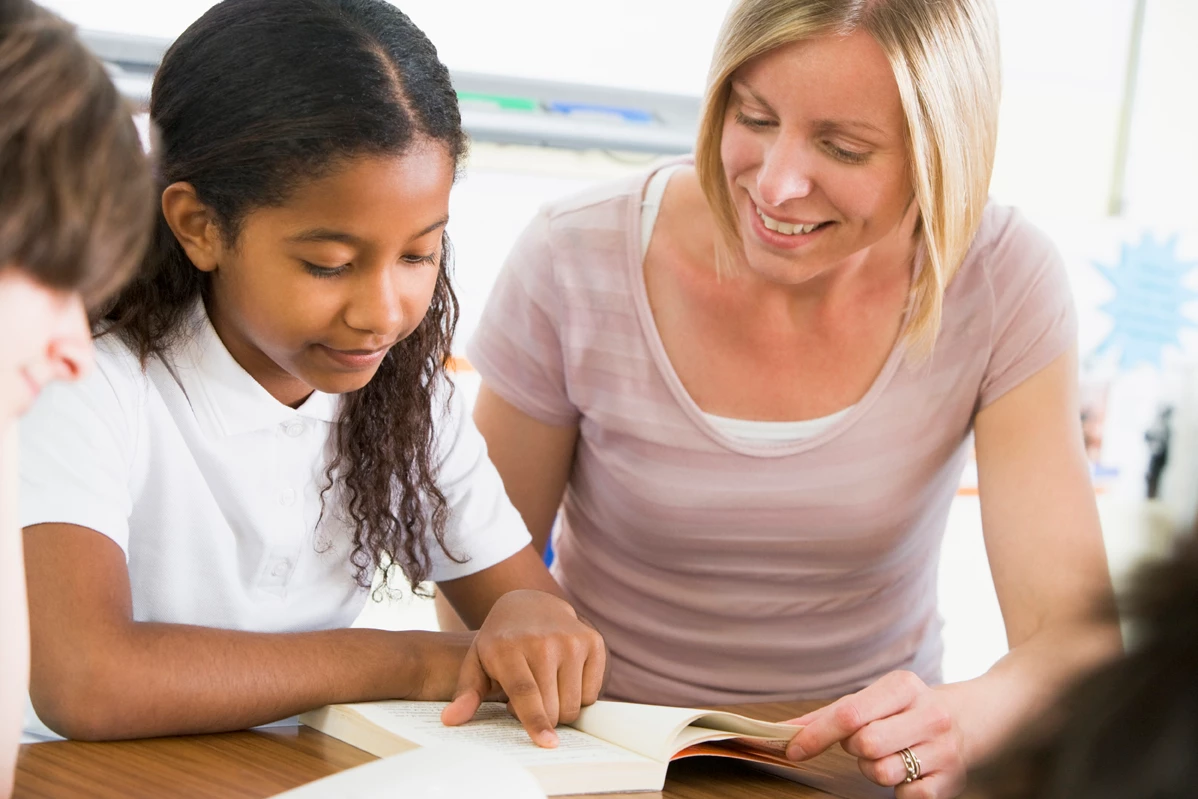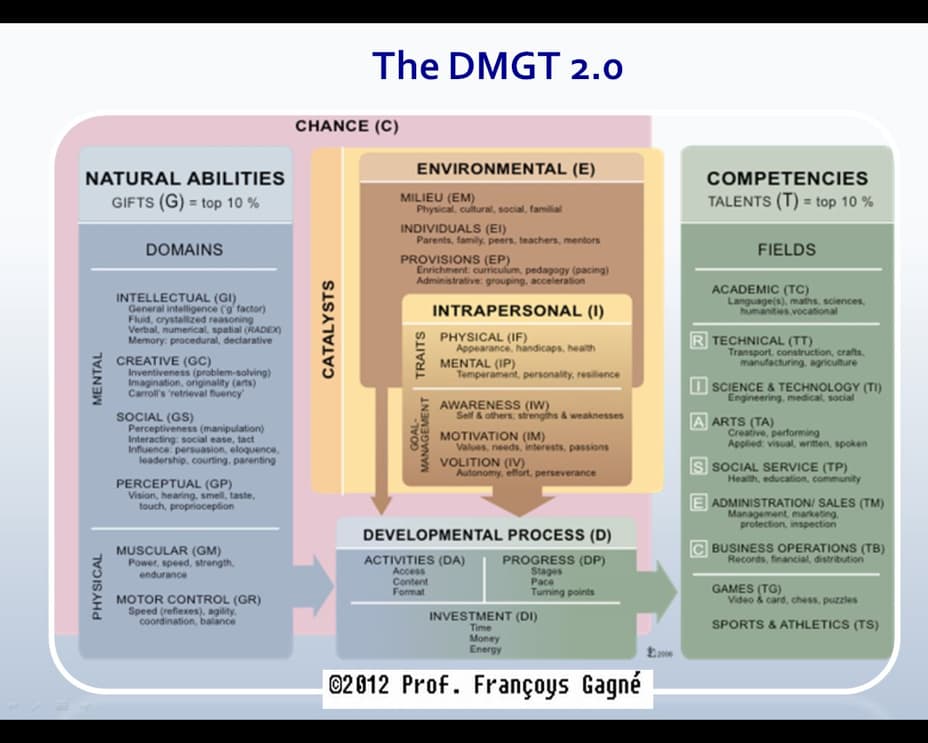The beginning of a school year often brings hope, reflection and aspirations…. For parents as well as their children. Every teacher hopes that their students in their care will grow and progress – something we all want.

One group of students who will probably attract less attention are those identified as gifted learners. They have high ability (in the top 10% of their age peers) in one or more domains of intellectual, creative, physical or social. These are potentially our future innovators, inventors and entrepreneurs. All children have a right to an education (something enshrined in the United Nations Convention on the Rights of a Child – the sixth core principle). To do this, all children must be met at their point of need – something educators aspire to globally. But what if that point of need is much higher than the classroom cohort. We agree that we must support students with a point of need below but surely this notion of meeting need should include all students, including those working above.
Research has shown that many gifted students are overlooked in terms of planning and provision throughout their schooling. It is inequitable to assume that they will ‘make it anyway’! High ability Australian students under-achieve in both NAPLAN and international testing.
Students identified as gifted have explained often how they learned and their experiences with formal education. Many accounts point to a clear mismatch between how they preferred to learn, if they learned, and how they were taught.
Those students who are gifted with a disability that impacts learning are also known as twice-exceptional or gifted with disability (Townend & Brown, 2016). These students are notoriously difficult to identify as the strength masks the challenge, or, the focus tends to be on the challenges.
Many of the most creative people this world has known are twice exceptional. This includes scientists such as Einstein, artists such as Van Gogh, authors such as Agatha Christie and politicians such as Winston Churchill.
Their achievements are one reason we’re interested in gifted learning. They have the potential to contribute significantly to our world and change how we live. They’re innovators. They give us the big ideas, possibilities and options. We describe their achievements, discoveries and creations as “talent”.
Talented outcomes are not random or lucky. Instead, they come from particular ways of knowing their world and thinking about it. A talented footballer sees moves and possibilities their opponents don’t see. They think, plan, and act differently. What they do is more than what the coach has trained them to do.
The earlier we identify any child’s relative strengths or challenges, the earlier support and encouragement to develop a child’s potential.
The Gagne’s Model for Talent development (as shown in the diagram below) clearly shows that we are looking for potential and achievement when considering best planning for gifted and high potential students. Both potential and achievement should be considered to inform the optimal educational pathway.
Seeking the best advice from qualified practitioners, who are also expert in the field of gifted education, and who consider ‘all’ aspects of a child and not just intelligence quotient (IQ), will support schools to provide the best pathways for learning and support teachers in schools.

People learn by converting information to knowledge. They may then elaborate, restructure or reorganise it in various ways. Giftedness is the capacity to learn in more advanced ways.
First, these students can learn faster
Second, they consider things with more complexity and depth – this can appear slower
Third, they may think differently, divergently, creatively with ideas coming from ‘left field’ and appearing unrelated.
Fourth, they may or may not appear reflective, intuitive, argumentative, curious and much more.
Gifted students can thrive and excel when they have the opportunity to show their advanced interpretations in manageable formats - then use more conventional ways such as writing.
Multi-modal forms of communication can be important. Examples include drawing pictures of their interpretations, acting out their understanding and building models to represent their understanding.
With the development of information communication technology, it would be hoped that in the future adaptive and creative curricula and teaching practices could be developed for those students whose learning trajectories are far from the regular.
We must reverse the high levels of disengagement from regular education by some gifted students in the middle to senior secondary years.